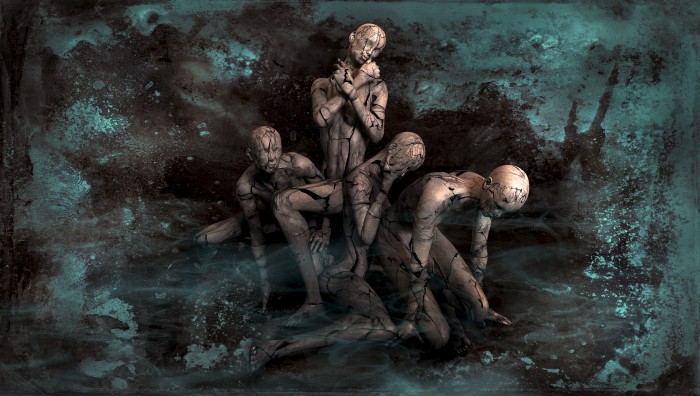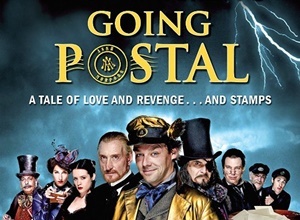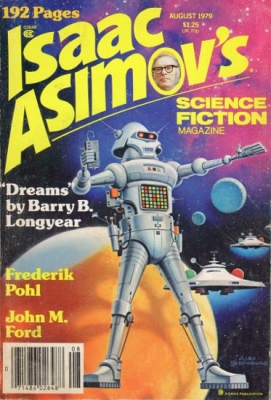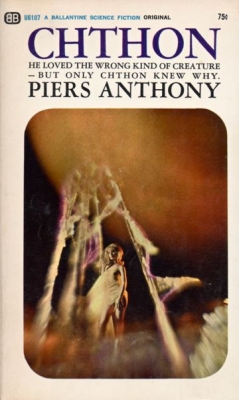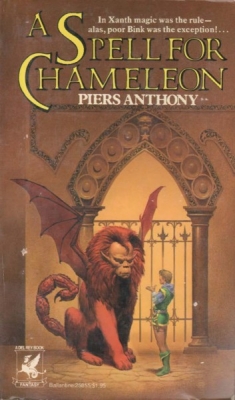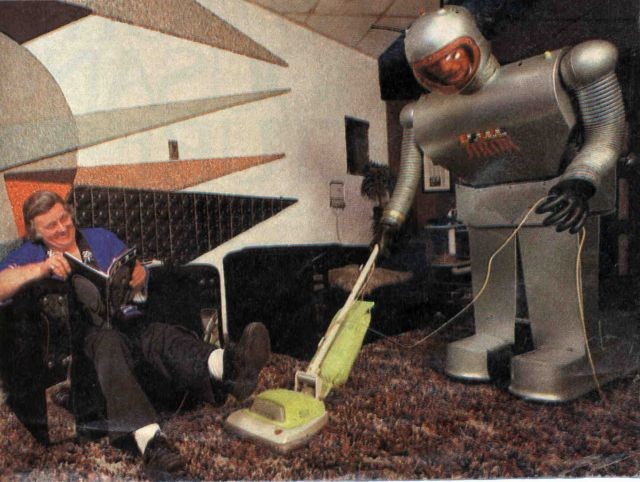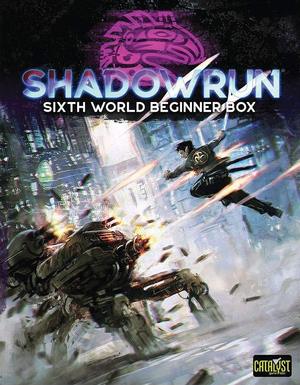Hands: Yes Man, Handyman, Hardiman
Who was the first to land on the moon? A man? How could he? Even the most “steel-like sinews” would shrink before the magnitude of the task. Only a robot, whose “sinews” were literal steel, could stand up to the crush of 50G’s during acceleration. Only a robot could stand up to the moon’s harshness. That was the idea of moon-obsessed Emil Peters, confined to a wheelchair after a childhood injury, for whom “standing up” by proxy was a lifelong dream.
“My proxy, [he explained], thanks to radio, possesses both voice and hearing. Radio television provides it with sight; that is, it enables me, sitting in this chair, to see through its artificial eyes. Radio telemechanics, or wireless control at a distance, guides its legs, arms – in fact, every movement of the body.”
“To the Moon by Proxy,” by the young writer Joseph Schlossel, appeared in the October 1928 Amazing Stories. A mere three decades later, General Electric had the same thought, unveiling “a science-fiction robot that it said conceivably could be the first ‘man’ on the moon.” And then another, and another, a string of proxies and exoskeletons that promised to allow humans to become virtual superheroes.

